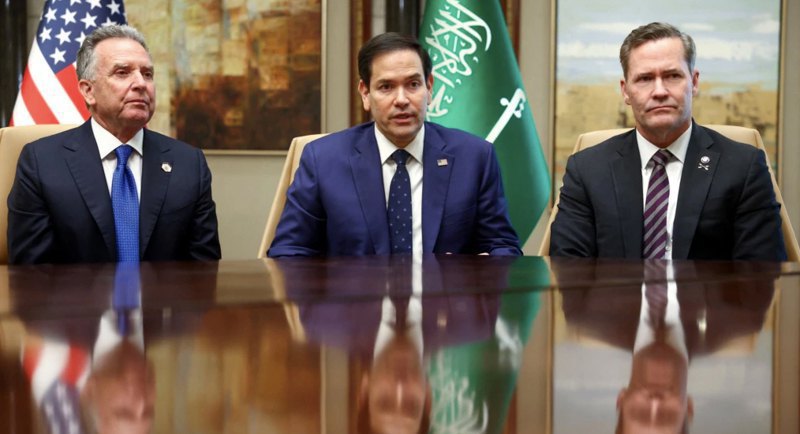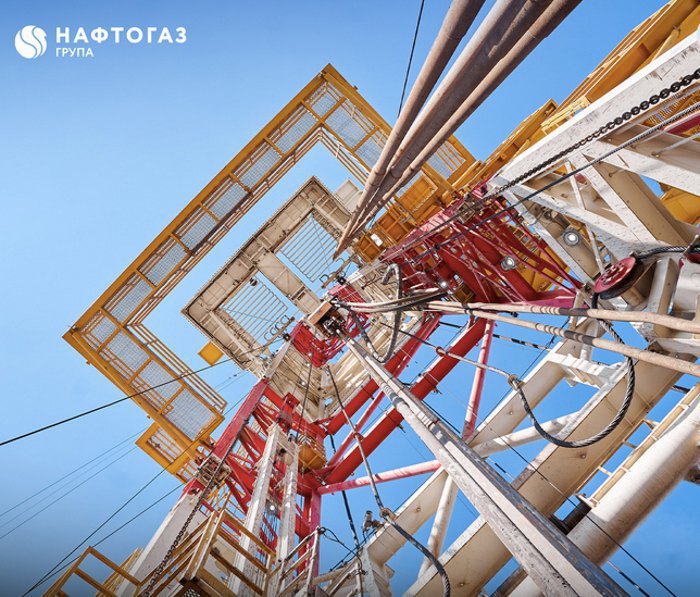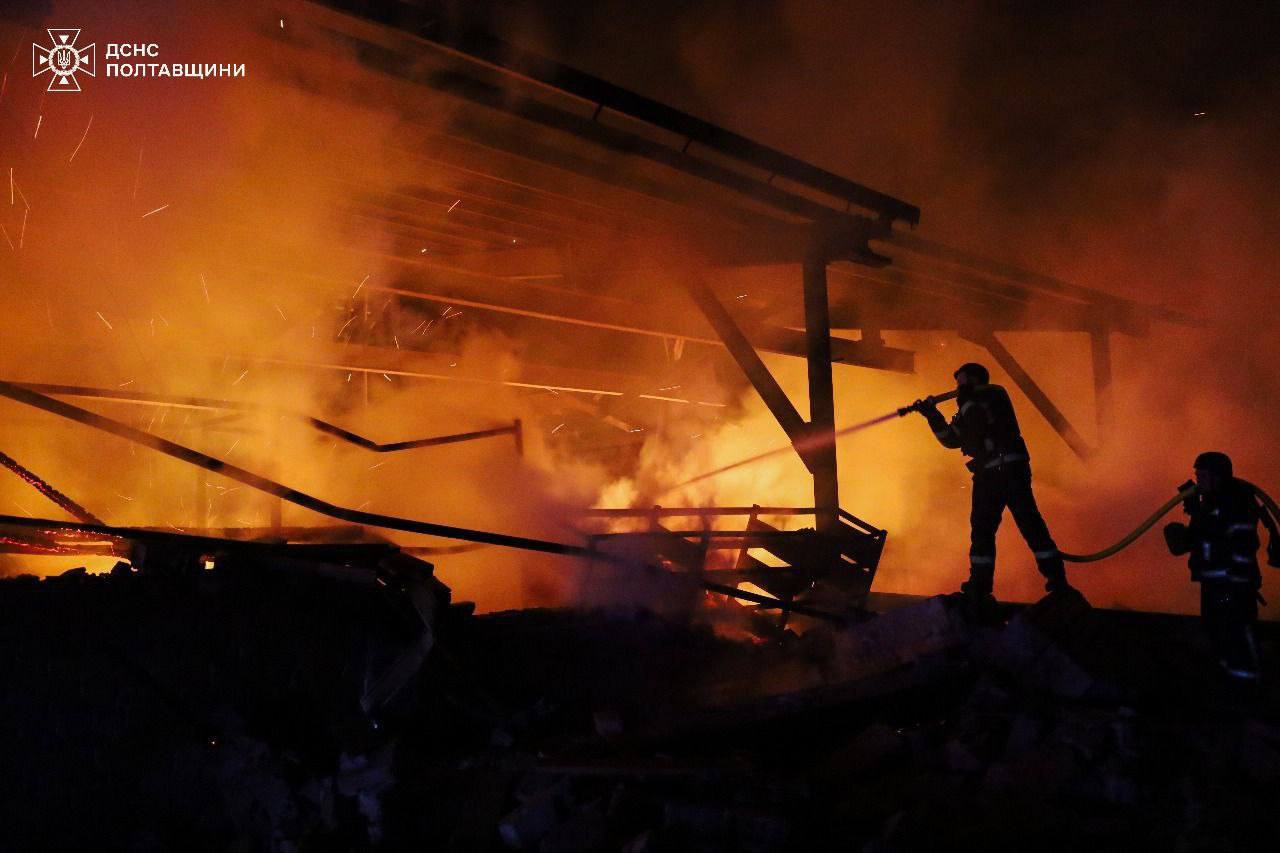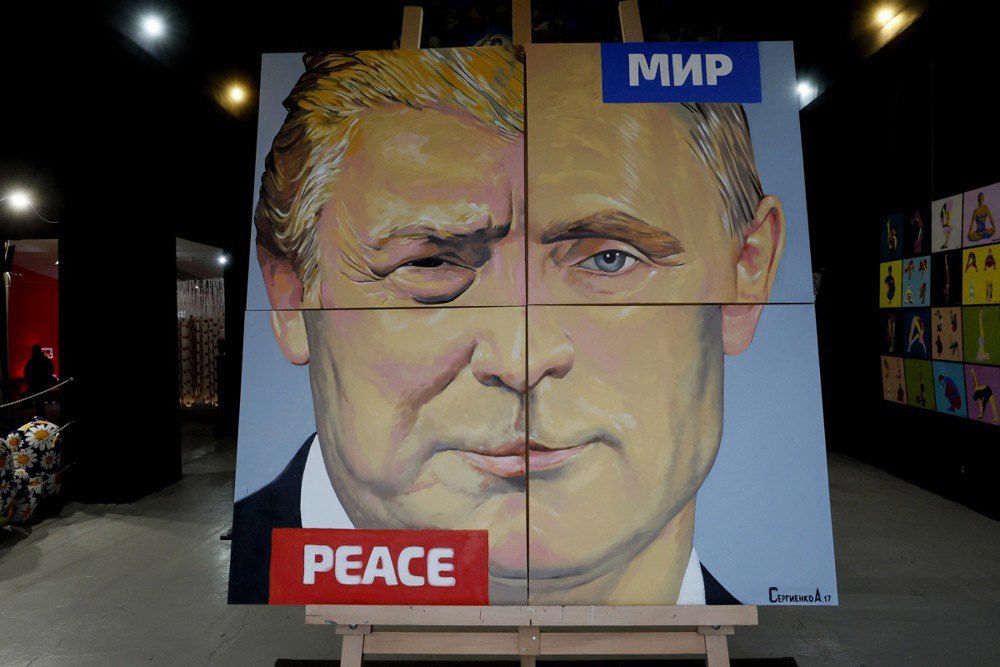What was agreed in Riyadh
On 25 March, in Saudi Arabia, the US delegation announced that agreements had been reached on a temporary ceasefire in the energy sector. This followed consultations with Ukrainian representatives. In other words, Ukraine and Russia did not agree on anything directly, but agreed to observe the energy truce through US mediation.

Thus, Ukraine pledged not to attack Russian oil refineries, fuel storage facilities and ports. In return, the Kremlin was to stop its attacks on Ukraine’s energy sector.
US-mediated negotiations on an energy truce lasted several weeks. It took the longest time to agree on a list of facilities that were to be banned from being hit.
In the end, it was Russia that published the exact list – not Ukraine, and not the United States. Oil refineries, fuel storage bases, port infrastructure, oil and gas pipelines were protected for 30 days. It was also forbidden to strike thermal power plants, nuclear power plants, dams, as well as substations and transformers.
“From the very beginning, it was not clear what this ceasefire was. There were differences even in the basic points – when the moratorium started and what its essence was. For example, the Russian version of the agreement had one list of objects that could not be attacked, Ukraine had another, and the US had yet another. What effect was expected then?” said energy expert Hennadiy Ryabtsev.
In autumn 2022, Russia launched a massive campaign against the Ukrainian energy sector. First, the Kremlin ordered the destruction of electricity generation. As a result, hundreds of missiles bombed thermal and hydroelectric power plants, causing widespread blackouts. Later, the Russians changed their tactics and began attacking hydroelectric dams and high-voltage substations to unbalance the Ukrainian power system. They even shut down nuclear power units due to such actions. And since last spring, the gas infrastructure has also come under attack – missiles and drones have targeted fields and storage infrastructure.

Instead, Ukraine has been targeting the Russian oil industry. Initially, the attacks focused on fuel storage bases used to supply the Russian military. Later, Russia encountered much more serious problems – Ukrainian-made drones bypassed Russian air defences and attacked oil refineries.
Primary fuel refineries are particularly attractive targets. Without them, refineries simply shut down, and recovery can take several months. During periods of especially intense strikes, oil refining in Russia fell by a quarter.
“Ukrainian drone strikes on the energy sector were a very sensitive issue for Russia. Ukraine successfully hit the Russian military’s fuel processing, storage and delivery facilities. That is why they insisted on a ceasefire in this area,” said military expert Ihor Romanenko.
A fatal exception to the rule
Ukraine and Russia prepared their own lists of targets to be subject to the moratorium on strikes. These were handed over to the American delegation, which was tasked with summarising and reconciling the documents.
However, the final list did not include Ukraine’s gas infrastructure – even though Kyiv had proposed this. It is unclear why, and there were no official explanations from the parties involved in the negotiation process.
Three days after the announcement of the energy truce, on 28 March, Russia launched a massive attack on Ukrainian gas production facilities. This was the eighth such strike since the beginning of the year. Missiles and drones hit gas treatment infrastructure and compressor stations.
In the spring, gas production dropped significantly – by 40–50% at the peak of the attacks. As a result, Ukraine had to increase fuel imports from the European market. The strikes on production were extremely painful for the country, and the consequences are still being addressed.

The state has faced a serious challenge: how can the gas production infrastructure be protected? In many cases, there is either no physical protection at these sites or it is insufficient. Moreover, this type of construction is both complex and expensive.
“For the heating season to go smoothly, we need to pump up to 5 billion cubic metres of gas by mid-October, worth about €2 billion. This task is extremely challenging for Naftogaz, as the company also performs the function of maintaining low prices for households and district heating companies compared to market prices. And it does not have sufficient financial resources for imports,” said Volodymyr Omelchenko, director of energy programmes at the Razumkov Centre.
The state budget does not have enough funds to import gas – nor does Naftogaz. For the time being, it must rely on foreign aid and loans. According to Prime Minister Denys Shmyhal, since the beginning of the year, Ukraine has already contracted 1.5 billion cubic metres of gas abroad.
In response, Naftogaz stated that it was ready to purchase 1 billion cubic metres of fuel. More than $400 million has been received from foreign partners. Purchases of liquefied natural gas continue, but the volumes remain much more modest – about 300 million cubic metres.
Russia reduced its strikes, Ukraine halted them completely
The President’s Office reported that Russia did not fully comply with the terms of the energy truce. However, Ukraine considered the agreements to remain in force and did not withdraw from the process.
According to President Volodymyr Zelenskyy, the Kremlin did reduce the number of attacks on energy facilities. Nevertheless, the Russian military intensified its strikes on other civilian infrastructure. This means that the overall number of drones and missiles used to attack Ukraine – almost nightly – did not decrease.
For example, on 27 March, Russian drones targeted Poltava, striking an energy facility and leaving thousands of people without electricity. On 4 April, a heating plant in Kherson was attacked by a drone. The Ministry of Foreign Affairs stated: “Moscow has violated the energy truce more than three dozen times.” All incidents were carefully documented, and the evidence was handed over to Washington.

At the same time, Ukrenergo noted that since 25 March, the Russian military has refrained from attacking major energy facilities in Ukraine’s rear, but has continued to bomb infrastructure located closer to the front line.
“There have been dozens of Russian attacks during this time – on various facilities and in different Regions. In my opinion, this truce did not take place under such conditions,” said Oleksandr Kharchenko, director of the Energy Research Centre.
In fact, from the very beginning of the moratorium on energy sector strikes, the Russian authorities have accused Ukraine of violating the agreement. However, no evidence was provided – only threats that Russia was ready to withdraw from the agreements ahead of schedule in response.
The General Staff of the Armed Forces of Ukraine reported that, during the energy ceasefire, Ukraine ceased all strikes on Russian oil refineries and other related facilities.
In contrast, the United States reacted to Russia’s violations with considerable restraint. American representatives stated that both Kyiv and Moscow had submitted complaints regarding attacks on the energy sector – and that the situation still required further assessment.
Different calendars for the truce
From the outset, Russia did not intend to fully comply with the energy truce. The longer it lasted, the more evident it became that Moscow was not genuinely interested in a ceasefire – at least not in the energy sector.
Ultimately, the Kremlin unilaterally announced the end of the moratorium on strikes against energy facilities ahead of schedule, in mid-April. This move took Kyiv by surprise and provoked outrage in Washington, as it lacked any rational basis.
The Kremlin attempted to persuade the Americans that the energy truce should not have begun on 25 March, but rather from the date of a telephone conversation between former US President Donald Trump and Vladimir Putin on 18 March. During that call, a ceasefire in the energy sector was reportedly discussed. However, the Ukrainian government emphasised that there was no justification for considering 18 March as the start of the truce. Announcing an agreement without consulting Kyiv, they argued, would have been meaningless. The White House did not issue a public response to Russia’s blatant manipulation of the dates.

Nevertheless, the temporary halt in strikes on oil refineries did not mean that Ukraine refrained from all offensive actions for 30 days, nor did it give the Russian military complete freedom of movement. Ukrainian drones continued to strike other facilities supporting the Russian defence industry, including ammunition depots and troop concentrations.
“A real ceasefire should involve three parties – two that abide by it, and one that monitors compliance. From this perspective, the energy truce was highly unusual. It was more of a gesture aimed at the American public – a demonstration of our willingness to engage. For the White House, the image was paramount. The Americans announced that a truce had been achieved. But no one seemed concerned about whether it was being upheld,” said Viktor Yahun, a reserve major general of the Security Service of Ukraine.
According to the logic of the United States, the energy truce was intended as a first step toward a broader ceasefire. However, this initiative failed due to Russia’s continued attacks on Ukraine’s energy infrastructure. The key question now is whether the White House has drawn any conclusions – and what lessons it has learned from this experience.








